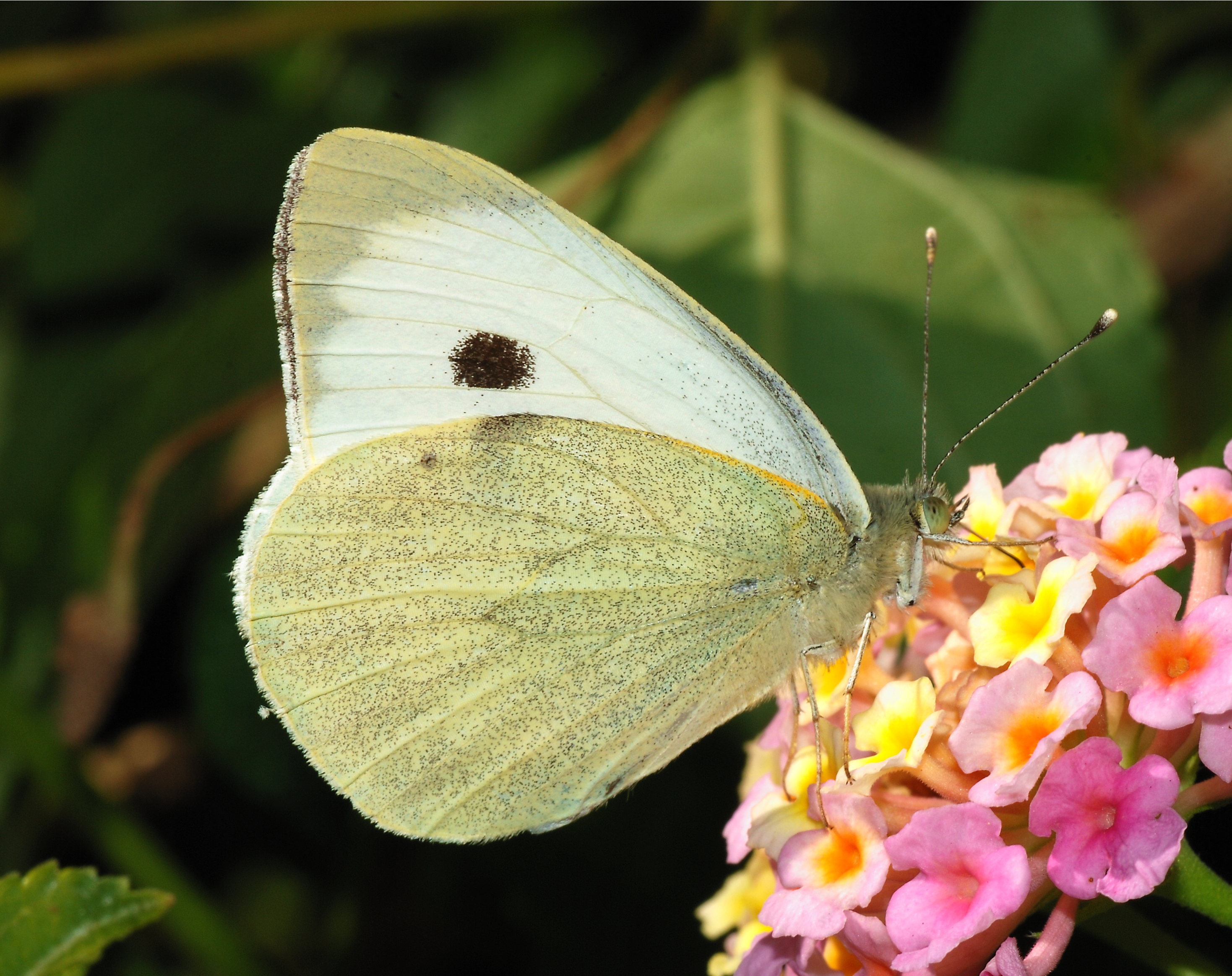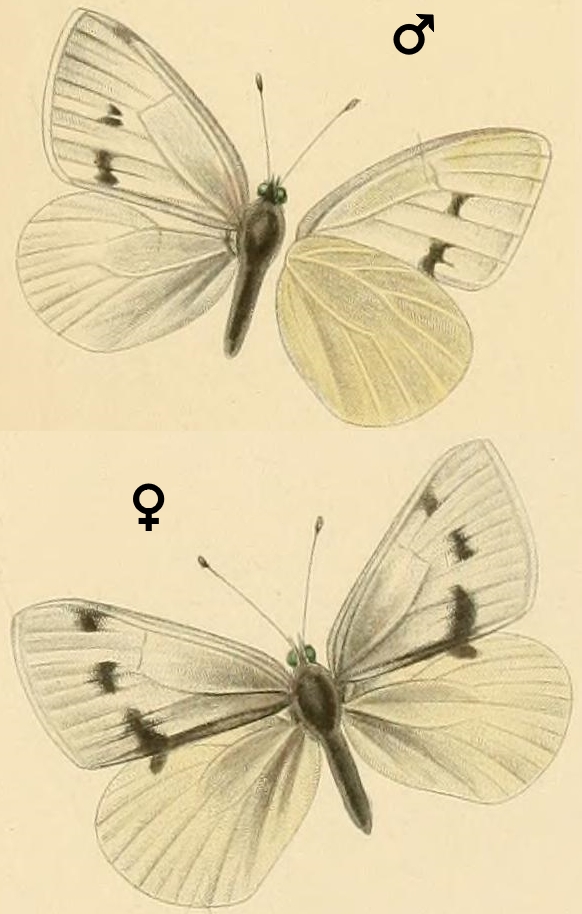|
List Of Butterflies Of Tasmania
Tasmania is located south of the mainland of Australia, separated from the state of Victoria by the 240 km wide Bass Strait. Although Tasmania shares most of its fauna with the southern parts of Australia or Australia as a whole, Tasmania's isolation along with its wetter, cooler and cloudier weather caused the evolution of several endemic Tasmanian species and subspecies, butterflies included. There are thirty-nine species of butterflies found in Tasmania. They are grouped primarily as: skippers, blues, browns, swallowtails and the introduced whites. Papilionidae family: Papilionidae ( swallowtails) — 1 species Papilioninae : genus: '' Graphium'' ::* Macleay's swallowtail, '' Graphium macleayanus (moggana)'' Pieridae family: Pieridae (whites and yellows) — 4 species Coliadinae : genus: '' Eurema'' ::* Small grass yellow, ''Eurema smilax'' Pierinae : genus: '' Appias'' ::* Albatross butterfly, ''Appias paulina'' : genus: '' Anaphaeis'' ::* Caper w ... [...More Info...] [...Related Items...] OR: [Wikipedia] [Google] [Baidu] |
Tasmania
) , nickname = , image_map = Tasmania in Australia.svg , map_caption = Location of Tasmania in AustraliaCoordinates: , subdivision_type = Country , subdivision_name = Australia , established_title = Before federation , established_date = Colony of Tasmania , established_title2 = Federation , established_date2 = 1 January 1901 , named_for = Abel Tasman , demonym = , capital = Hobart , largest_city = capital , coordinates = , admin_center = 29 local government areas , admin_center_type = Administration , leader_title1 = Monarch , leader_name1 = Charles III , leader_title2 = Governor , leader_n ... [...More Info...] [...Related Items...] OR: [Wikipedia] [Google] [Baidu] |
Pieridae
The Pieridae are a large family of butterflies with about 76 genera containing about 1,100 species, mostly from tropical Africa and tropical Asia with some varieties in the more northern regions of North America and Eurasia.DeVries P. J. in Levin S.A. (ed) 2001 The Encyclopaedia of Biodiversity. Academic Press. Most pierid butterflies are white, yellow, or orange in coloration, often with black spots. The pigments that give the distinct coloring to these butterflies are derived from waste products in the body and are a characteristic of this family.Carter, David (2000). ''Butterflies and Moths''. The family was created by William John Swainson in 1820. The name "butterfly" is believed to have originated from a member of this family, the brimstone, ''Gonepteryx rhamni'', which was called the "butter-coloured fly" by early British naturalists. The sexes usually differ, often in the pattern or number of the black markings. The larvae (caterpillars) of a few of these species, such ... [...More Info...] [...Related Items...] OR: [Wikipedia] [Google] [Baidu] |
Lampides
''Lampides'' is a genus of butterflies in the family Lycaenidae. It currently consists of one species: ''Lampides boeticus ''Lampides boeticus'', the pea blue, or long-tailed blue, is a small butterfly that belongs to the lycaenids or gossamer-winged family. Etymology The Latin species name ''boeticus'' refers to Baetica, a province of the Roman Empire in the Iber ...'' (Linnaeus, 1767), the peablue or long-tailed blue. ''Lampides'' used to contain other species, most of which have now been moved to the genus '' Jamides''. External links ''Lampides boeticus''at Captain's European Butterfly Guide Lycaenidae genera {{Polyomma ... [...More Info...] [...Related Items...] OR: [Wikipedia] [Google] [Baidu] |
Candalides Acasta
''Candalides acasta'', the blotched blue, is a species of butterfly of the family Lycaenidae. It is found in southern Australia, including Queensland, New South Wales, Victoria, Tasmania, South Australia and Western Australia. at Australian Caterpillars and Their Butterflies and Moths The wingspan is about 20 mm. Adults are brown with a blue sheen. The underside is fawn with brown shading and rows of dark dashes. The larvae have been recorded feeding inside the flower buds of '' Cassytha'' species, including '' |
Candalides
''Candalides'' is a large genus of butterflies in the family Lycaenidae. The species of this genus are found in the Australasian realm. Species *''Candalides absimilis'' (C. Felder, 1862) *''Candalides acasta'' (Cox, 1873) *''Candalides afretta'' Parsons, 1986 *''Candalides ardosiacea'' (Tite, 1963) *''Candalides biaka'' (Tite, 1963) *''Candalides coerulea'' (Röber, 1886) *''Candalides consimilis'' Waterhouse, 1942 *''Candalides cuprea'' (Röber, 1886) *''Candalides cyprotus'' (Olliff, 1886) *''Candalides erinus'' (Fabricius, 1775) *''Candalides geminus'' Edwards & Kerr, 1978 *''Candalides gilberti'' Waterhouse, 1903 *''Candalides grandissima'' Bethune-Baker, 1908 *'' Candalides heathi'' (Cox, 1873) *'' Candalides helenita'' (Semper, 879 *''Candalides hyacinthina'' (Semper, 879 *''Candalides lamia'' (Grose-Smith, 1897) *''Candalides limbata'' (Tite, 1963) *''Candalides margarita'' (Semper, 879 *''Candalides meforensis'' (Tite, 1963) *''Candalides neurapacuna'' Bethune-Baker, 19 ... [...More Info...] [...Related Items...] OR: [Wikipedia] [Google] [Baidu] |
Zizina Labradus-Butterfly-on-Rose SC,-EG-Vic,-23
''Zizina'' is a genus of gossamer-winged butterflies (Lycaenidae) in the subfamily Polyommatinae. Species *'' Zizina antanossa'' (Mabille, 1877) – dark grass blue or clover blue *?'' Zizina emelina'' *'' Zizina labradus'' (Godart, 824 – common grass blue, grass blue, or clover blue *''Zizina otis'' (Fabricius, 1787) – lesser grass blue *''Zizina oxleyi'' (C. & R. Felder, 865 __NOTOC__ Year 865 ( DCCCLXV) was a common year starting on Monday (link will display the full calendar) of the Julian calendar. Events By place Europe * King Louis the German divides the East Frankish Kingdom among his three sons. C ... *?'' Zizina similus'' External links Zizina at funet [...More Info...] [...Related Items...] OR: [Wikipedia] [Google] [Baidu] |
Lycaenidae
Lycaenidae is the second-largest family of butterflies (behind Nymphalidae, brush-footed butterflies), with over 6,000 species worldwide, whose members are also called gossamer-winged butterflies. They constitute about 30% of the known butterfly species. The family comprises seven subfamilies, including the blues ( Polyommatinae), the coppers ( Lycaeninae), the hairstreaks ( Theclinae), and the harvesters ( Miletinae). Description, food, and life cycle Adults are small, under 5 cm usually, and brightly coloured, sometimes with a metallic gloss. Larvae are often flattened rather than cylindrical, with glands that may produce secretions that attract and subdue ants. Their cuticles tend to be thickened. Some larvae are capable of producing vibrations and low sounds that are transmitted through the substrates they inhabit. They use these sounds to communicate with ants.Pierce, N. E.; Braby, M. F.; Heath, A.; Lohman, D. J.; Mathew, J.; Rand, D. B. & Travassos, M. A. (2002)"The ... [...More Info...] [...Related Items...] OR: [Wikipedia] [Google] [Baidu] |
Pieris Rapae
''Pieris rapae'' is a small- to medium-sized butterfly species of the whites-and-yellows family Pieridae. It is known in Europe as the small white, in North America as the cabbage white or cabbage butterfly, on several continents as the small cabbage white, and in New Zealand as the white butterfly. The butterfly is recognizable by its white color with small black dots on its wings, and it can be distinguished from '' P. brassicae'' by its larger size and the black band at the tip of its forewings. The caterpillar of this species, often referred to as the "imported cabbageworm", is a pest to crucifer crops such as cabbage, kale, bok choy and broccoli. ''Pieris rapae'' is widespread in Europe and Asia; it is believed to have originated in the Eastern Mediterranean region of Europe, and to have spread across Eurasia thanks to the diversification of brassicaceous crops and the development of human trade routes. Over the past two centuries, it spread to North Africa, North America ... [...More Info...] [...Related Items...] OR: [Wikipedia] [Google] [Baidu] |
Pieris (butterfly)
''Pieris'', the whites or garden whites, is a widespread now almost cosmopolitan genus of butterflies of the family Pieridae. The highest species diversity is in the Palearctic, with a higher diversity in Europe and eastern North America than the similar and closely related '' Pontia''. The females of many ''Pieris'' butterflies are UV reflecting, while the male wings are strongly UV absorbing due to pigments in the scales. Ecology Many species of this genus have caterpillars which feed on cabbage and other members of the Brassicaceae. The chemical basis of this association with a certain plant group has been studied for over 100 years, and is now known to occur via a number of biochemical adaptations to chemicals called glucosinolates in these plants. In contrast to most other insects, ''Pieris'' caterpillars are able to detoxify these chemicals, and have become so specialised that they will not eat any food without glucosinolates. The ''Pieris'' females, in turn, check for ... [...More Info...] [...Related Items...] OR: [Wikipedia] [Google] [Baidu] |
Appias Paulina
''Appias paulina'', the common albatross, Christmas Island white or Ceylon lesser albatross, is a butterfly of the family Pieridae. It is found from India to Samoa, including Indonesia, Japan, Malaysia, New Caledonia, Sri Lanka, Thailand and Australia. The wingspan The wingspan (or just span) of a bird or an airplane is the distance from one wingtip to the other wingtip. For example, the Boeing 777–200 has a wingspan of , and a wandering albatross (''Diomedea exulans'') caught in 1965 had a wingspan of ... is about 50 mm. The larvae feed on '' Drypetes australasica'', '' Drypetes deplanchei'' and '' Alchornea ilicifolia''. Subspecies *''Appias paulina galene'' (Ceylon) *''Appias paulina distanti'' *''Appias paulina griseoides'' (southern Vietnam) *''Appias paulina grisea'' *''Appias paulina galathea'' (Andamans, Nicobars) *''Appias paulina minato'' (Japan, Taiwan) *''Appias paulina ega'' (Northern Territory to Cape York) *''Appias paulina paula'' (Wetar) *''Appias ... [...More Info...] [...Related Items...] OR: [Wikipedia] [Google] [Baidu] |


_Im_IMG_6792.jpg)


